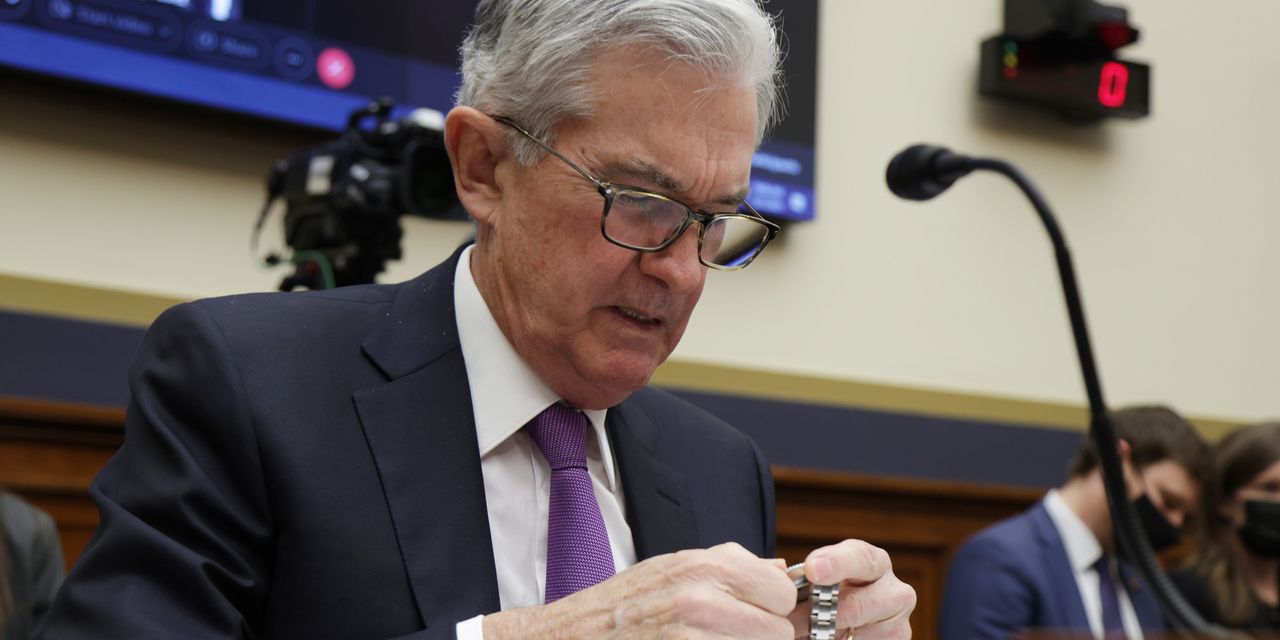U.S. stock futures saw losses pick up on Thursday, in what’s becoming an increasingly volatile market resulting in uncertainty over the spread of coronavirus and an uncertain path for monetary policy and the U.S. economy.
What’s happening
-
Futures on the Dow Jones Industrial Average
YM00,
+0.57%
rose 225 points, or 0.7%, to 34,232 -
Futures on the S&P 500
ES00,
+0.16%
fell 0.9%, or 39.50 points, to 4,526. -
Futures on the Nasdaq-100
NQ00,
-0.42%
dropped 1.8%, or 293 points, to 15,856.
In an incredibly volatile session on Wednesday, the Dow Jones Industrial Average
DJIA,
-1.34%
ended 1.3%, or 462 points, lower to 34022.04, as the Nasdaq Composite slumped
COMP,
-1.83%
1.8%, or 284 points, to 15254.05. The S&P 500
SPX,
-1.18%
fell 1.2% to 4513.04, and the small-cap Russell 2000
RUT,
-2.34%
slumped 2.3%, or 51 points, to 2147.42.
What’s driving markets
Market sentiment continued to deteriorate, following an ugly slide on Thursday Wednesday that was precipitated by confirmation of the first U.S. omicron variant case, which sent the S&P 500 below its 50-day moving average for the first time since Oct. 13.
“It seems that investors’ main concern remains the uncertainty surrounding the omicron coronavirus variant and the implications any new restrictions could have to the global economy,” said Charalambos Pissouros, head of research at JFD Group.
It also came as Fed Chair Jerome Powell, for a second day, brought up the prospect of a quicker taper, which in turn sets the stage for more, and faster, interest-rate hikes.
“It is not about Covid; it is about the Fed and what they plan to do. This selling will grow much worse; this will become about how much pain the Fed can endure,” said Michael Kramer, chief executive of Mott Capital Management.
What’s clear is that once tranquil markets are now increasingly volatile. Analysts at Bespoke Investment Group found 17 instances since 1928 in which there were three drops of at least 1%, and one gain of at least 1%, in the four days preceding a close below the 50-day average. The median gain in a year’s time was 16%, though there were drops of 40% in 2007 and 23% in 1934.
Four Fed officials are due to speak Thursday, as the latest jobless claims report gets released. The OPEC+ grouping also will be debating production policy in response to the virus.
